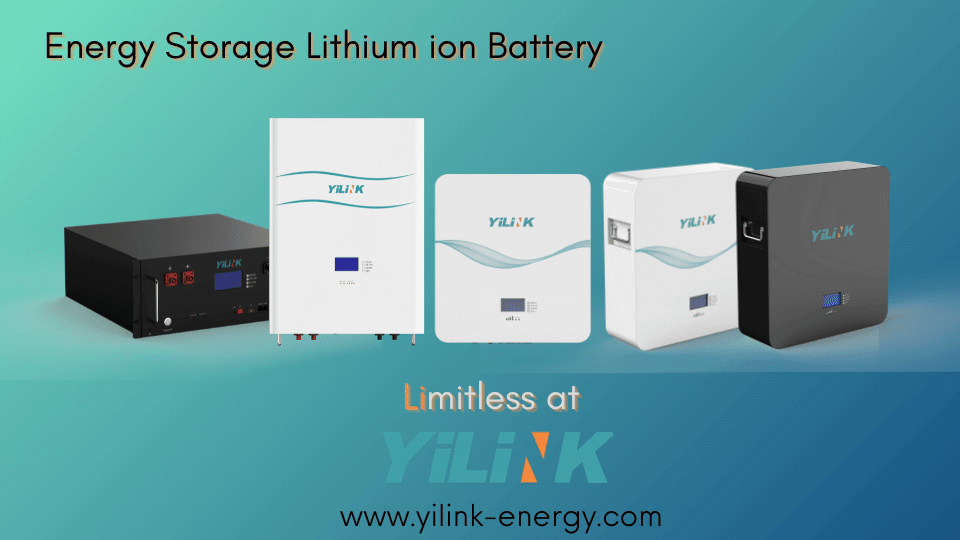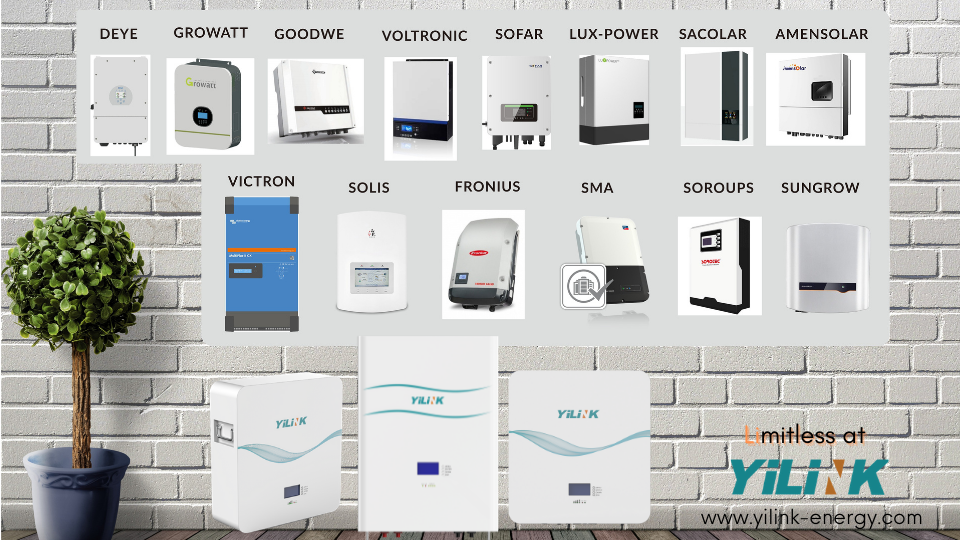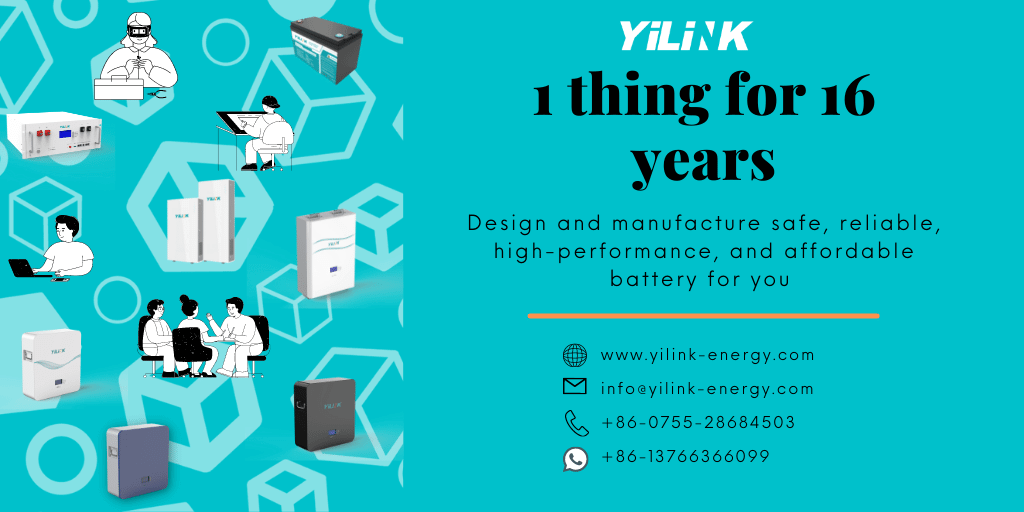7 Important Lithium Battery Terminologies
Understanding the basics of lithium battery terminology is important when comparing and selecting the right type and number of batteries for your application to ensure you have enough energy to meet your energy goals. The batteries we will focus on in this blog are classified as deep cycle, for applications where endurance is necessary. Common deep cycle applications include providing power for solar battery, recreational vehicles, electric vehicles, boats, or camping. In the following, we will use our iPower series lithium ion deep cycle battery as an example. It’s one of our most popular batteries that work in many deep cycle applications.
▌Chemistry type
Batteries are made up of multiple electrochemical cells. Several predominant chemistries exist, usually lead-acid and lithium ion. Lead-acid batteries have been around since the late 1800s and have multiple varieties - the wet flooded variety, sealed Gel, or AGM type. Lead-acid batteries are heavy, contain less power than lithium batteries, are short-lived, and are easily damaged by improper maintenance. Conversely, lithium iron phosphate batteries (LiFePO4) are about half the weight of lead-acid, contain more energy, have a longer life, and require no maintenance.YILINK iPower series lithium-ion battery is of this type. It has deep cycling and long life, which is the right choice for you.

▌Voltage
A volt is a unit of electric potential or electromotive force. YILINK lithium iron phosphate batteries have an operating range between 2.5 and 3.65 volts per cell. As they discharge, voltage declines from 3.65 volts when full down to 2.5 volts when empty. 3.2 volts per cell is the nominal voltage for lithium iron phosphate batteries because it is the mid-point or average operating voltage. YL-W48100 powerwall lithium ion battery in YILINK iPower series is composed of 15 banks of 3.2V cells connected in series making the total nominal voltage of 48V.
▌Amp
An amp is a measurement of electric current or the count of electrons flowing through a circuit.
▌Amp Hour
One way to measure capacity is in amp-hours which is the amount of current that a battery can deliver for a particular length of time. Drawing a one-amp current for one hour equals one amp hour. The YL-R48100 is a 100-amp hour battery, which means its approximate runtime to 100% depth of discharge can be estimated by dividing its 100-amp hour capacity by the amp load of the DC devices you plan to power. For example, if you are running a 50-amp load, the 100Ah capacity will last roughly 2 hours, if you are running a 20 amp load it will last 5 hours, etc. Regardless of how slowly or quickly you take it out, YILINK lithium batteries provide their rated capacity. This is different than a lead-acid battery where the total capacity could be reduced by up to 30-40% depending on how quickly it is discharged.
▌Watts
A watt is a measurement of power either generated or consumed. Watts = Volts x Amps.
▌Watt Hour
A watt-hour is a measurement of stored energy. Volts x Amp Hour = Watt Hour. Watt-hour are another way to measure the amount of energy a battery holds. Watt-hour are the nominal voltage multiplied by the capacity. The YL-H48100 Powerwall lithium ion battery pack is a 4800-watt hour battery (48 volts x 100 amp hours = 4800 watt-hours). Most electronic devices are rated in watt-hours, so similar to how you measure amp-hour capacity, you can divide battery energy in watt-hours by the summed watt-hour rating of all devices you plan to power to see how long a battery could provide power.
▌Battery Management System (BMS)
YILINK batteries are all equipped with an internal BMS which protects against potentially damaging circumstances. The conditions the BMS monitors include over-voltage, under-voltage, over-current, over-temperature, short circuit, and cell balance. Yilink smart BMS compatible with the mainstream inverters, and is also equipped with monitoring software to allow you to monitor the battery real time data.

Understanding this terminology will help you in the next step to determining the right battery for your energy needs - sizing your battery bank, which can be found here. If you have any questions please don’t hesitate to call, email, or reach out to us on social media.
